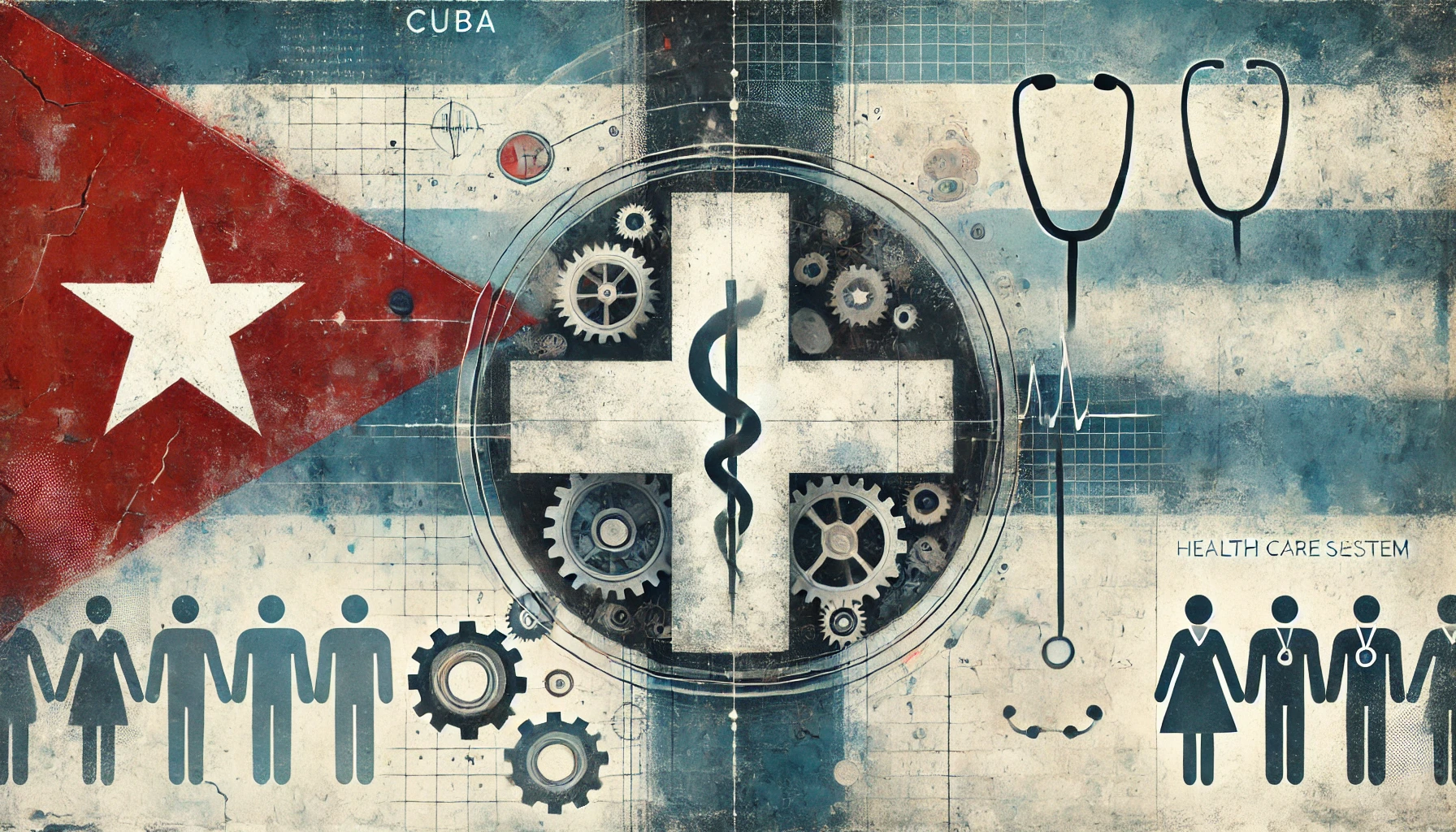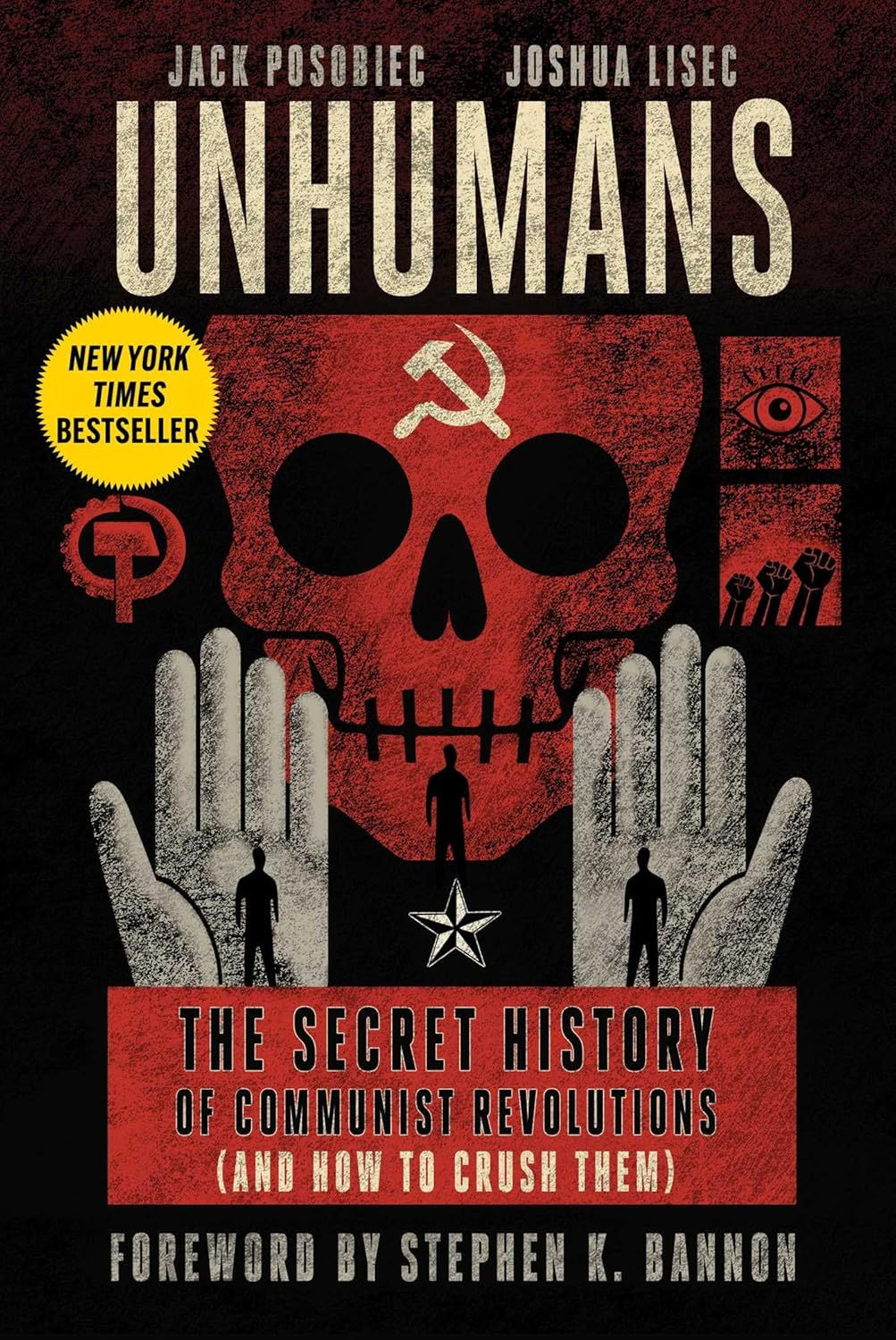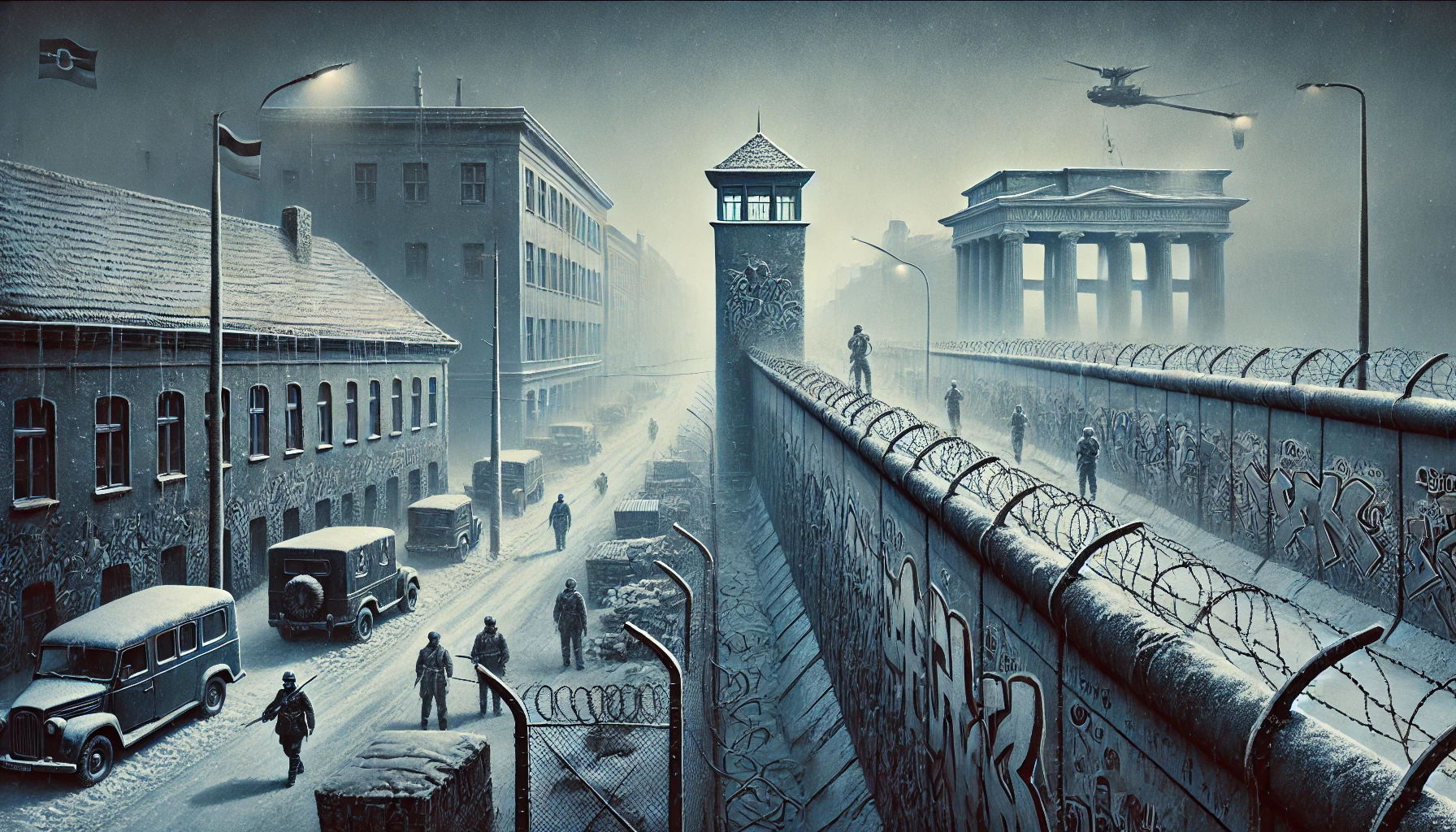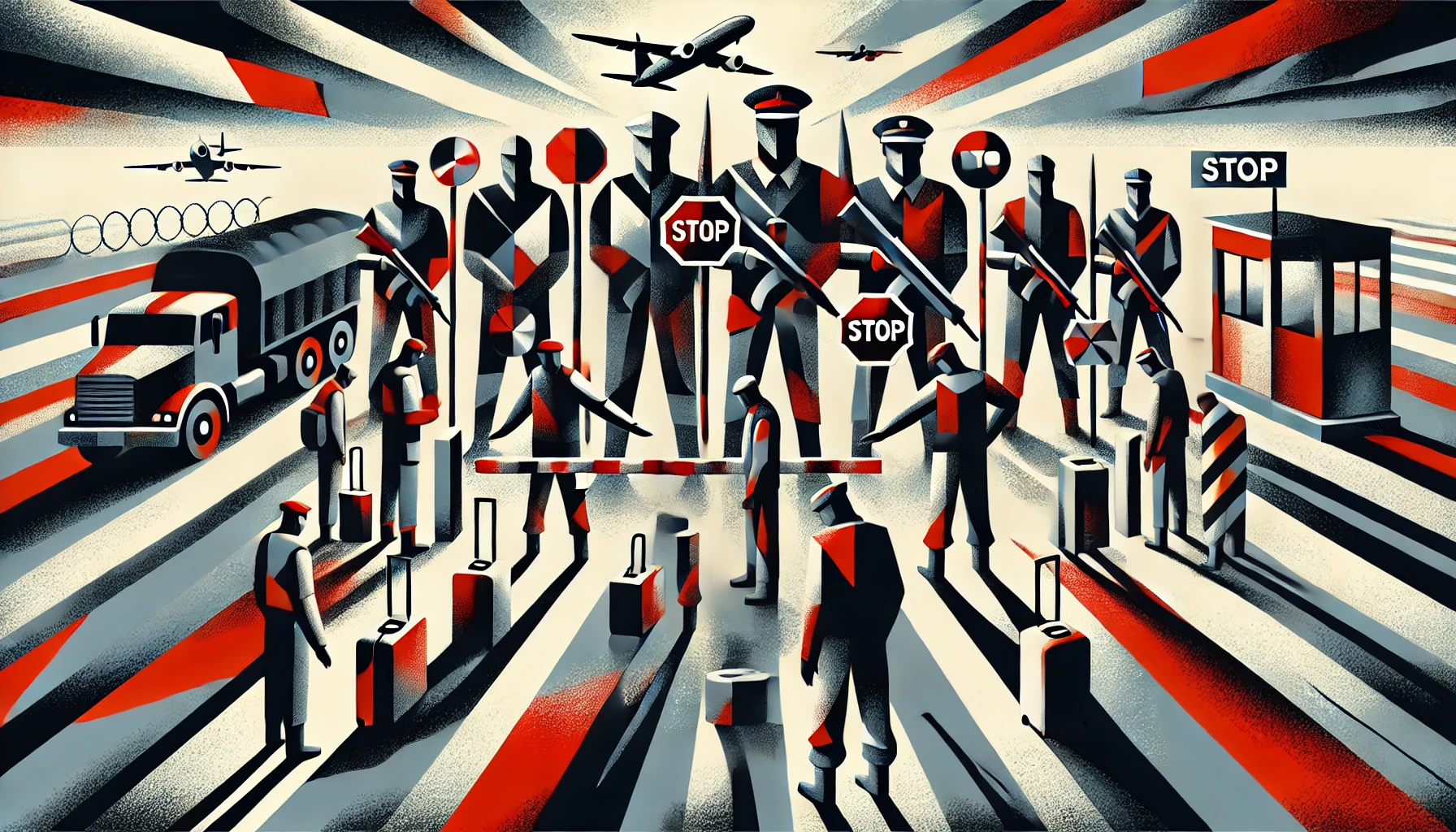Ukrainian Holodomor 1932-1933: A Comprehensive Historical Analysis
Introduction
The Ukrainian Holodomor, also known as the Terror-Famine or the Great Famine, was a man-made famine that occurred in Soviet Ukraine from 1932 to 1933. The famine resulted in the deaths of millions of Ukrainians and is considered one of the greatest tragedies in Ukrainian history. This analysis will explore the historical facts, documented evidence, and personal accounts of the Holodomor.
Historical Context
In the early 1930s, the Soviet Union, under the leadership of Joseph Stalin, implemented a series of policies aimed at collectivizing agriculture and industrializing the country. These policies included the forced collectivization of farms, the confiscation of grain and other foodstuffs, and the imposition of unrealistic production quotas on Ukrainian farmers [1].
The Famine
The Holodomor began in the spring of 1932, when the Soviet government increased grain procurement quotas for Ukraine by 44% [2]. This meant that Ukrainian farmers were required to surrender more grain to the state, leaving them with insufficient food for themselves and their families. The government also implemented a series of policies that exacerbated the famine, including the confiscation of all food from households, the restriction of movement in and out of affected areas, and the denial of aid to starving people [3].
As a result of these policies, millions of Ukrainians died of starvation, with estimates ranging from 3.5 million to 7 million deaths [4]. The famine was particularly severe in the rural areas of Ukraine, where the population was heavily dependent on agriculture for their livelihoods.
Documented Evidence
There is ample documented evidence of the Holodomor, including official Soviet documents, eyewitness accounts, and survivor testimonies. In 1987, the U.S. Commission on the Ukraine Famine, established by Congress, concluded that the famine was “man-made” and resulted from Soviet policies [5].
In 2006, the Security Service of Ukraine declassified more than 5,000 pages of Holodomor archives, including Soviet government documents and survivor accounts [6]. These documents provide detailed evidence of the Soviet government’s role in creating and exacerbating the famine.
Personal Accounts
Survivor testimonies provide a harrowing glimpse into the horrors of the Holodomor. One survivor, Olena Mukniak, recalled, “People were dying everywhere. On the streets, in their houses. The dogs ate the ones that were not buried. It was a terrible time.”[7]
Another survivor, Mykola Moskalenko, described the desperation of the time: “People were so hungry they were eating grass, tree bark, roots, and even earthworms. They would do anything for a scrap of food.”[8]
Conclusion
The Ukrainian Holodomor of 1932-1933 was a tragic chapter in Ukrainian history, resulting in the deaths of millions of people. The historical evidence, including Soviet documents and survivor accounts, demonstrates that the famine was a deliberate act of genocide committed by the Soviet government against the Ukrainian people. The Holodomor serves as a stark reminder of the human cost of oppressive totalitarian regimes and the importance of remembering and honoring the victims of such atrocities.
References
- Applebaum, A. (2017). Red Famine: Stalin’s War on Ukraine. Penguin Books.
- Kulchytsky, S. (2008). The Holodomor of 1932–33: An act of genocide. Holodomor Studies, 1(1), 1-12.
- Werth, N. (2010). The Great Ukrainian Famine of 1932-33. Online Encyclopedia of Mass Violence.
- Mace, J. E. (2004). The collectivization famine in Kazakhstan, 1931–1933. Harvard Ukrainian Studies, 25(3/4), 237-251.
- U.S. Commission on the Ukraine Famine. (1988). Investigation of the Ukrainian Famine 1932-1933: Report to Congress. Washington, D.C.: U.S. Government Printing Office.
- Bilinsky, Y. (2008). Was the Ukrainian famine of 1932–1933 genocide?. Journal of Genocide Research, 1(2), 147-156.
- Katchanovski, I., & Kohut, Z. E. (2008). The Politics of Soviet and Post-Soviet Holodomor Research. Holodomor Studies, 1(1), 13-30.
- Klid, B., & Motyl, A. J. (Eds.). (2012). The Holodomor reader: a sourcebook on the Famine of 1932-1933 in Ukraine. Canadian Institute of Ukrainian Studies Press.








